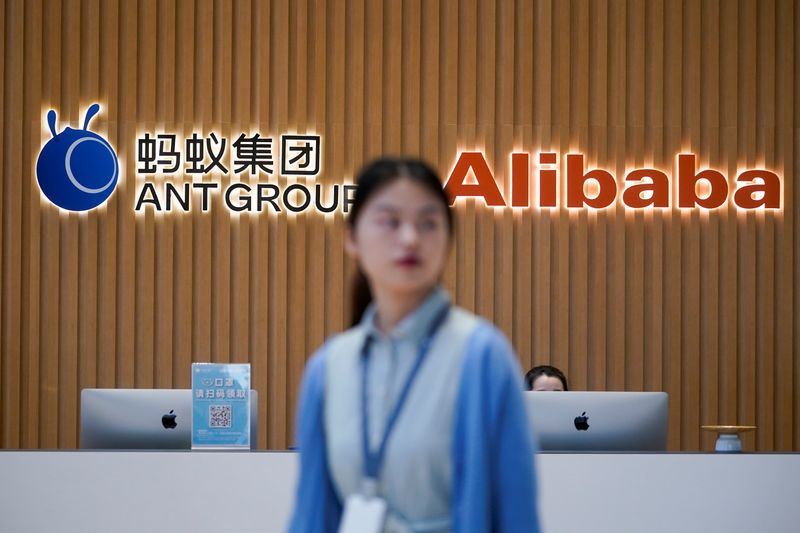John Kingston
7 min read
New York–Spending in the U.S. on logistics rose in both absolute dollar terms and as a percentage of GDP, and it isn’t likely to go down anytime soon.
That was one of the primary conclusions of the annual logistics report released last week by the Council of Supply Chain Management Professionals (CSCMP) at a media briefing in New York. This year’s report was entitled “Navigating Through the Fog.”
Kevin Smith, the moderator of the panel and the president and CEO of Sustainable Supply Chain Consulting, joked about the title and the logistics environment. “This should be an easy session today,” he said. “Not much has changed.”
The first part of the presentation was led by Korhan Acar, a partner at Kearney, the global management consulting firm that produced the report in conjunction with the CSCMP. Acar, referring to the title of the report, said “I don’t think it requires any explanation why we call it that, coming out of recent uncertainty.”
The CSCMP report puts an estimate on what it calls total U.S. business logistics costs (USBLC). The increase last year was $133 billion, a jump of 5.4%, to $2.58 trillion, up from $2.447 trillion the prior year. The decrease from 2022 to 2023 was 8.3%. Despite that, the five year compound annual growth rate (CAGR) in total USBLC is 8%.
Acar said outlays for logistics in the U.S. last year were about 8.8% of nominal GDP. With that number having fluctuated mostly in about the 7.4% to 8% range through most of the post-COVID period, and now having reached 8.8%, Acar said “we have started to stabilize.” But the base percentage of logistics spending as a percentage of GDP is stabilizing at a higher level than what was seen pre-COVID.
“If a higher basis forms, what this really means is that logistics costs have been increasing as a percentage of GDP,” Acar said. “They’re going to be a little bit more prominent and pronounced in the profit and loss statements of companies.”
There could be a retraction back to pre-COVID levels, Acar said. But that is not likely given various trends.
One of those trends is what Acar referred to as “China plus one, China plus two,” which is an “elongation of supply chains” where a company expands its base of suppliers beyond a total or near-total reliance on China and goes to one or two other suppliers.
Given that sort of philosophical change, as well as a long list of other disruptions like Houthi attacks in the Red Sea, “cost and logistics are not seeing any kind of downward pressure,” Acar said. “So we do expect that to remain at an escalated baseline for next year as well.”













